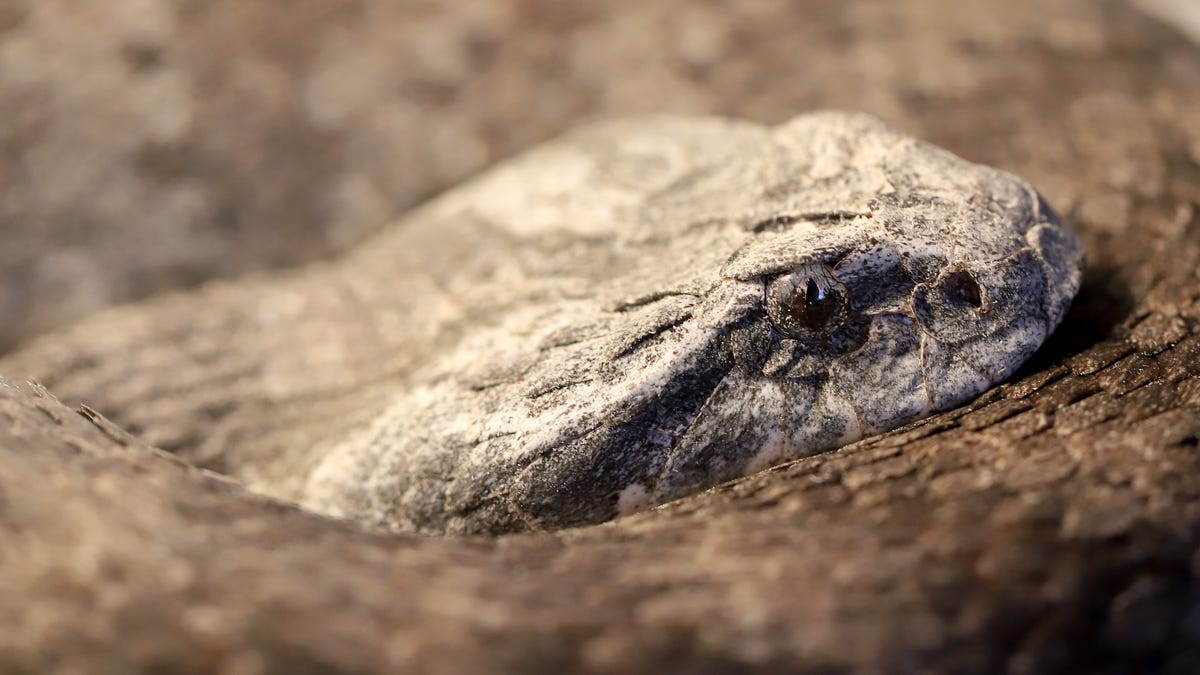Scientists Have Finally Found the Clitoris in Snakes
The first anatomical description of a snake hemiclitoris could change our understanding of courtship and mating.

The size and shape of the snake clitoris has been described for the first time.
The first ever description of the snake clitoris has been made by researchers in Australia and the US.
In a new study, published in the journal Proceedings of the Royal Society B on Tuesday, describes the size and shape of the snake clitoris -- or hemiclitoris, as it's known -- from nine different species across the world. Via dissection and the use of 3D X-ray scanning technology, the researchers were able to study female snake genitalia and compare it with the genitalia of male snakes, the hemipenis.
Previous research had misidentified the hemiclitoris in snakes as either hemipenes or scent glands. To clear things up, the team dug through older research and identified the physiological structures present in the snake via histology (studying cells and structures down a microscope). Two female death adders were key specimens, helping to fully elucidate the structure.
The research team, led by University of Adelaide Ph.D candidate Megan Folwell, found a heart-shaped organ, rich with nerves and clusters of red blood cells, suggesting it may become engorged and could be stimulated during mating.
"This is important because snake mating is often thought to involve coercion of the female -- not seduction," Kate Sanders, a biologist at the University of Adelaide and co-author on the paper, said in a press release.
The team concludes the snake clitoris is "likely functional" and the differences across species may, in future work, be correlated with different courtship and mating behaviors. The team hypothesizes the hemiclitoris may also be able to provide female snakes with sensation during sex and promote "longer and more frequent mating" -- providing a better opportunity for fertilization and leading to more tiny, adorable snake babies.
But why did it take so long to find the snake clitoris? It's not surprising female snakes have one, considering this is true for most female amniotes (the group of land-dwelling animals that includes reptiles and mammals) except birds. But as Jenna Crowe-Riddell, a co-author and neuroecologist at La Trobe Un writes in The Conversation, the reason we didn't already know about the organ is three-fold.
For one, snake genitalia is mostly hidden within the tail. There's also the quirk of some snake species with intersex individuals that have both ovaries and a hemipenes, confusing identification even more. Folwell and the team recently discussed these challenges in a June review paper.
More generally, female genitalia just doesn't receive the same kind of research attention that male genitalia does. That's true not only for snakes, but across mammal species and humans, too.
Today, the snake clitoris finally gets its moment.

